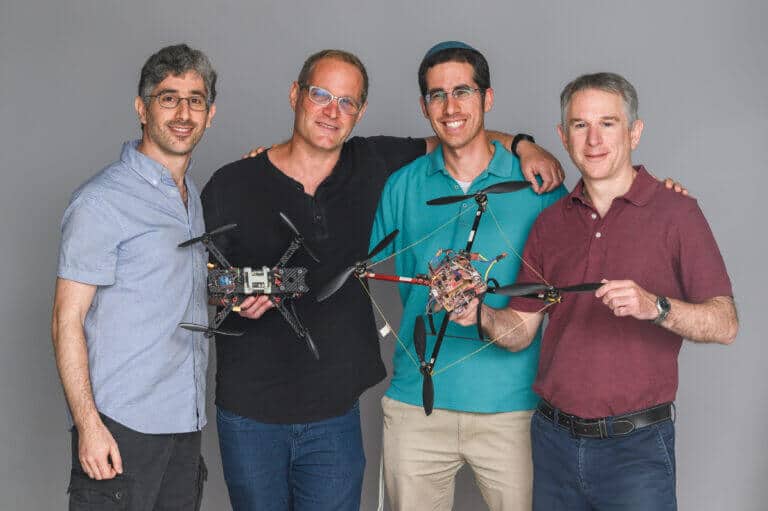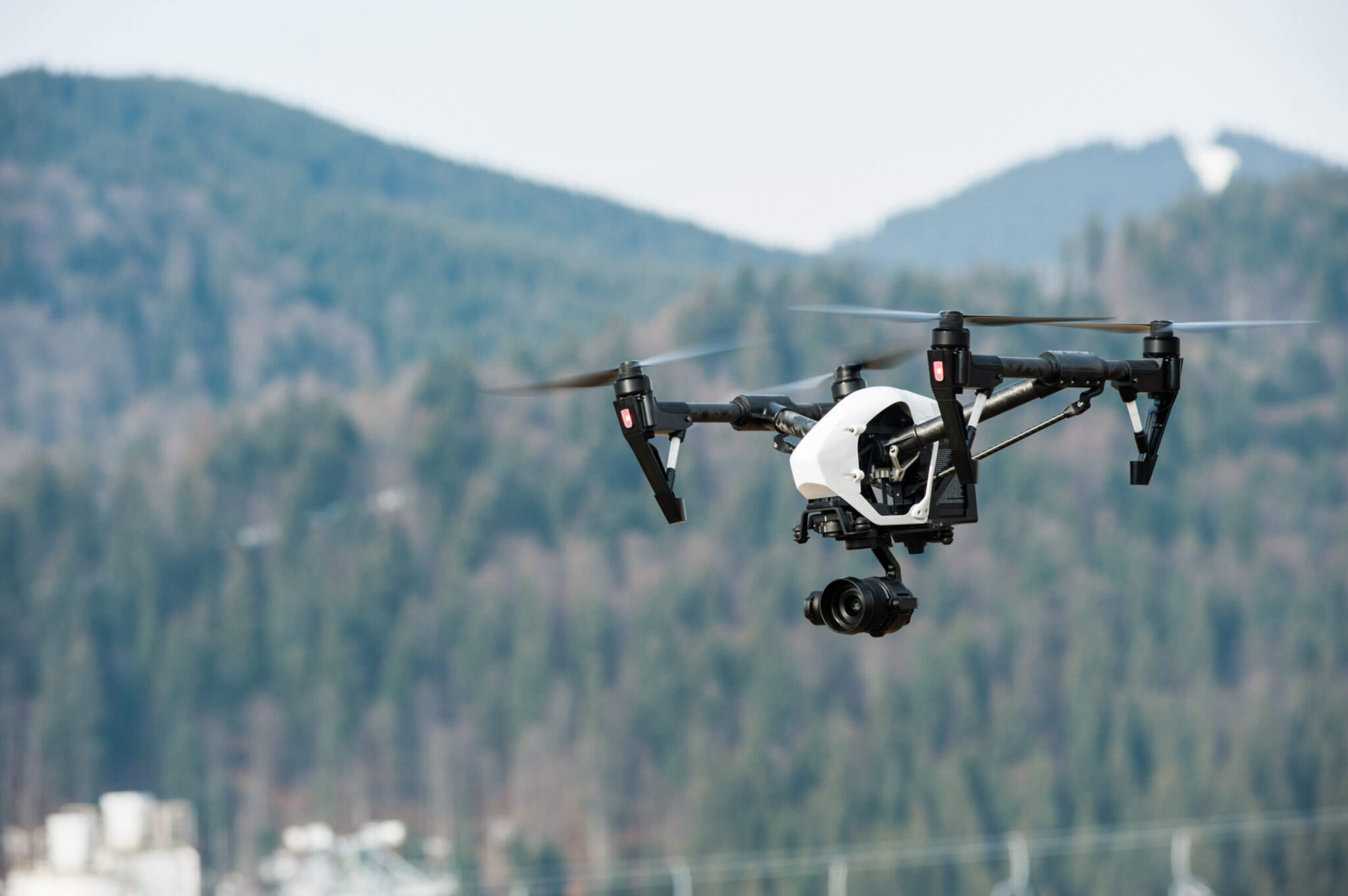Researchers have developed algorithms based on game theory, through which robotic systems such as drones or autonomous cars can make informed decisions and operate efficiently
How can robots - such as autonomous cars - be made to make correct decisions and thus fulfill various requirements, such as speed, safety, fuel economy, reduction in air pollution and more? Every decision is significant and weighty and requires the ability to balance all of them and weigh all the meanings and consequences.
Prof. Gera Weiss and his team from the Department of Computer Science and the Department of Mechanical Engineering at Ben Gurion University of the Negev, sought to apply the "divide and conquer" strategy to robotic systems so that they could make informed decisions and effectively deal with a variety of tasks. This strategy is used in the fields of government and economics to manage a system by dividing it into units; Each unit receives relative power and control and "takes care" of its own interests, which naturally leads to the distribution and balancing of goals. In other strategies, decisions are made centrally, but it is difficult to implement when the decisions are multiple and change in the field.
The research of Prof. Weiss and his team combines mathematics, engineering, computer science, software engineering and mechanical engineering. "Our goal is to split the decision-making power of robots between units (sub-systems), each of which is responsible for a specific purpose. Although this internal competition requires resources, it makes it possible to balance competing goals and achieve better robotic performances than those possible by weighting all goals into one goal. In this way, robots can weigh a lot of data in real time, act according to the changing conditions in the field and deal with multiple goals and tasks," explains Prof. Weiss.
Accordingly, in their latest study, which won a research grant from the National Science Foundation, the researchers developed algorithms based on game theory - a branch of mathematics that analyzes situations of conflict or cooperation between decision makers with different desires. These algorithms produce virtual games, embedded in robotic systems and represent the competition between their goals. Using them it is possible to define what the goals are, to balance them (without needing to determine numerical values and weighting that engineers perform), and to obtain optimal actions. "The games balance the various goals of the robot. For example, an autonomous car, which needs to be both safe, fuel-efficient and fast, can decide what is the most important action at that moment - for example to overtake and increase speed while at the same time wasting fuel and taking a risk or doing the opposite? Every decision has a meaning and the algorithms help to weigh all the data and decide which is the most correct action for that moment among a collection of actions. It is a dynamic and simple balance that can help control engineers build robots that will perform tasks in a better and smarter way. In addition, these algorithms simplify the process of building the robot and save time and money", adds Prof. Weiss.
At this stage, the researchers implemented the algorithms in the drones and flew them in the corridor. After that, they implemented other algorithms in those drones, which weight all the targets into one target, and flew them as well. That way they could compare the two methods. The goals were to fly fast and at the same time avoid getting stuck in the walls and maintain altitude. It was found that when the drones operated with the new method, they performed tasks according to priorities that change in real time. So for example, when you got close to the wall - lower your speed, and when you moved away from it - increase your speed. In contrast, when the drones were based on the old method, they operated automatically, according to a defined and inflexible target weighting. For example, in advance they did not approach the wall area, were overly cautious and lost speed.
Drones with the new method have a twist. Instead of weighting all targets into one target, they weight targets dynamically, according to the changing terrain conditions. Thus, each time, a different goal takes priority.
"Drones with the new method have a twist. Instead of weighting all targets into one target, they weight targets dynamically, according to the changing terrain conditions. Thus, each time, a different goal "gets" priority, and the performance is better and more efficient. It can be said that this is how we expanded the toolbox of control engineers so that they can design robotic systems that will individually define each goal and deal with a variety of complex tasks. The finished product is a software package that is accessible as open source to everyone," Prof. Weiss concludes.
Life itself:

Prof. Gera Weiss, 52 years old, grew up in Kibbutz Yatbata and currently lives with his family in Yishuv Lahavim. He is married to Yonit, an engineer and manager at Dell, and they have three children, 23 years old, 21 years old and 16 years old ("I met my wife in Mar'am, we both deal with computers and our two older children also serve in the army in software development roles. The younger son is studying veterinary medicine"). In addition, he likes to swim and plays the mandolin.
More of the topic in Hayadan:

